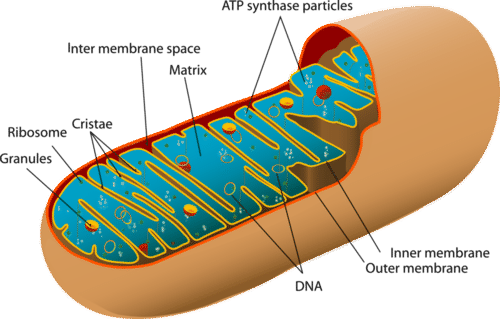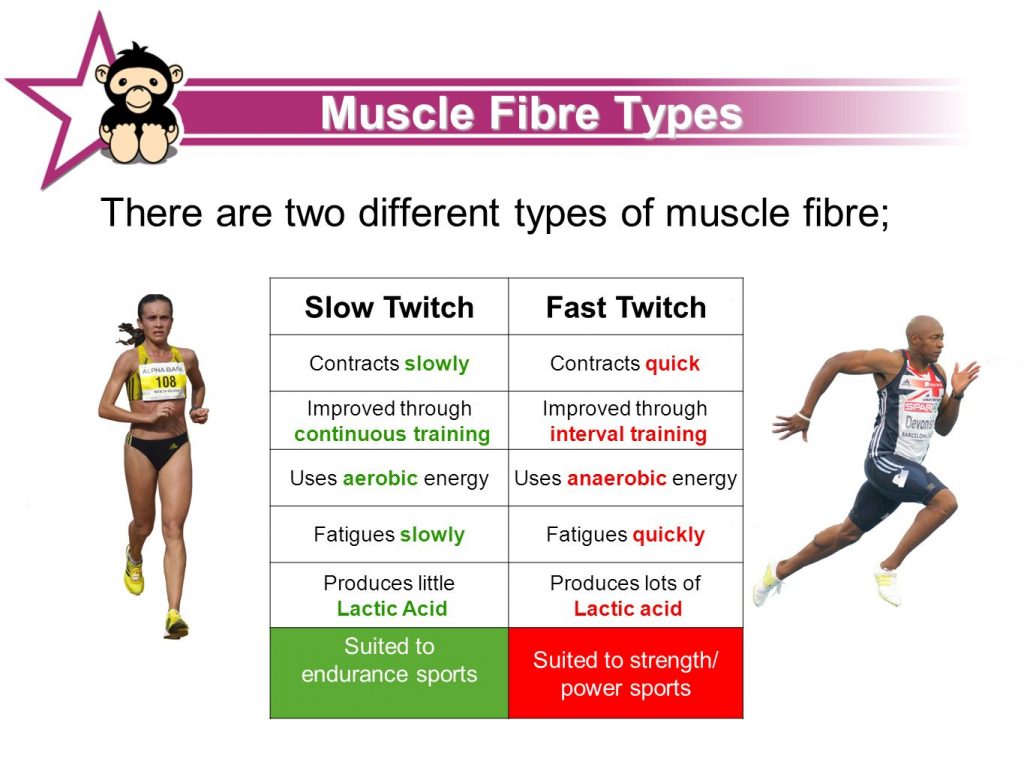Robert Angotti, Lic. Ac., Herbalist, Aikidoist
Thanks for sticking with me. It’s been awhile since I exercised my writing muscles!
In Part 1 of this series I introduced some modern research advocating for the medicinal use of exercise to slow aging and disease. I also tried to explain some of the mechanisms in Chinese medical physiology that are engaged through exercise. My intention with the introduction of the scientific and Chinese medical details is inspiration. I think we all know exercise is good for us. Intuitively, we understand that being fit probably prolongs life and increases vitality. Nevertheless, it can be easy to slip into the “we all die sometime”, or the “I will have time for that later” approach to self care. After all, we are talking about introducing moderate adversity through exercise multiple times a week. Appreciating that, and engaging in that requires motivation. I find the kind of information I’m sharing both fascinating and motivating. Before we finally dig into dosing however, let’s take look at exercise physiology from a new angle.
Meet the mitochondria

Dr. Iñigo San Millán, is an exercise physiologist and specialist in maximizing performance for elite athletes. He has studied the balance between energy expenditure and efficient muscle biochemistry with some of the most fit athletes in the world. When I study his work, I need to pull out my physiology books and review his presentation multiple times. Let me try to share some of the insights of his research below.
One of the big picture messages that fascinates me is the relationship between exertion level and mitochondrial function. The mitochondria are ancient bacteria. They found their way into cells millions of years ago when life on earth was a soup of one cell organisms. Cells kept the mitochondria around because they are great at producing energy, qi. The mitochondria produce it in the form of ATP (adenosine triphosphate) and that energy is the fuel for all of the essential cellular functions that sustain life. Interestingly, ATP is also essential for the contraction of a specific type of skeletal muscle. In fact, ATP is the yang qi that drives muscle function at a certain level of exertion, at a specific exercise dose.
Above I introduced yang qi and its relationship to to ATP production. This relationship has been verified by a study of Chinese medicinal herbs. The study focused on the distinguishing characteristics of herbs that a Chinese herbalist such as myself would call yang tonifying herbs and another category of herbs called yin tonifying. In the study, researchers tested the effect of on ATP when these individual herbs were administered. “Yang tonifying herbs stimulate mitochondrial (ATP) generation… leading to the enhancement of cellular/mitochondrial antioxidant status.”
This is exciting stuff. What I feel is more fascinating is that poor mitochondrial function is associated with innumerable chronic diseases, most of which lead to significant suffering and premature death. What we now have evidence of is that health, vitality and longevity can be directly correlated with the number of, and the function of the mitochondria in our cells. Remarkably, tonification of the yang qi has been described as essential to longevity in Chinese medical texts for hundreds of years if not thousands of years.
Dr. Millán has helped me understand that exercise at a specific intensity, done regularly, increases the number of mitochondria in muscle tissue. Simultaneously, exercise also enhances their level of ATP production. He and other researchers have found a sweet spot in exercise that best engages the longevity enhancement mechanism of the body.
To understand this we need to go just a bit deeper into muscle physiology. We have two types of muscle fibers. Type one has evolved for long term consistent firing of muscle contractions. Type two has evolved for short term high acceleration muscle contraction. Both use primarily one fuel. Type 1 fibers use fat for energy mostly and type 2 fibers use glucose or carbs predominantly. A by-product of the use of glucose is the production of lactic acid. This acid build up is associated with the burn we feel during more intense exercise. Meanwhile, we know that type 1 fibers have the most dense concentration of mitochondria. We know that relying on type 1 muscle fiber contraction at its highest threshold engages the optimal production from those mitochondria. Therefore the recommended intensity level for longevity enhancing exercise is at the peak of type 1 muscle contraction, just below the engagement of type 2 muscles. In this zone, (often referred to as zone 2) we tonify the mitochindria and we burn away fat or dampness as fuel. Meanwhile, by not engaging the type 2 muscles we avoid the burn or yin damage that comes with the use of sugars as fuel.

What is the proper medical exercise dose?
To begin, I would like to break proper dosage of exercise into three categories. The first category is frequency, the second is duration, and the third is intensity. I think the proper frequency really depends on the individuals lifestyle. For example, I teach aikido several nights a week, but teaching doesn’t provide as many opportunities for monitoring the intensity of my workout. Therefore, I exercise alone three days a week for about 2 hours. You may find it easier to dose the exercise in smaller portions over more days. For example, 5 days of 30 minutes a day is a good dose, frequency and duration. Alternatively, 4 days of 45 minutes may be better for some. My general recommendation would be no less than three days a week, and no less than 3 hours a week.
Now if you think that’s tough, good! It should be tough. Life responds to adversity and in the case of properly dosing exercising we are talking about living better and living longer. Among the many things COVID-19 is teaching us is that pre-existing conditions make the biggest difference in determining survivability. What we need to appreciate is that life with less obeseity, heart disease, chronic inflammation, diabetes etc., is a good thing. That kind of life may not only be a longer, but a more enjoyable and more comfortable. By enhancing vitality we feel less pain, depression and fatigue. Inspired yet? Now let’s talk intensity.
Remember what I said before, let the engagement of the big muscles and lungs be your gauges with your exercise. With these gauges we can quickly shift into an exercise intensity for the duration of your workout. The muscles should be engaged enough to require oxygenation and therefore the breathing should be challenged, but not so strained as to prevent speaking a full sentence. If you exercise alone and don’t want to be seen talking to yourself, the gauge could be your mental attention. Is exertion reaching an intensity level that draws your attention back to the body and prevents long runs of a meandering mind. If we keep our attention on the challenge, we know we are in zone 2 of exercise. If however we are feeling a burn in the muscles we know that we have shifted into the next zone of exercise. We want to avoid exertion levels that engage the type 2 muscle fibers and the glucose energy system. If we don’t avoid that lactic acid will accumulate and mitochondrial engagement will diminished. So if your thighs are getting “noodley” turn it down a notch. This is the “longevity zone”. Try to stay in it for the duration of your workout in order to properly dose intensity and a healthy level of adversity. Do the work your body evolved to do over long days of hunting and gathering. Keep your telomeres long and your mitochondria strong. Our bodies understand when we engage them this way they need to turn on all the mechanisms that assure a longer more vital, and more pleasurable life.
Summary key points:
- Exercise reduces chronic disease and lengthens life though mechanisms such as maintenance of telomere length and improved mitochondrial function
- Dose and adversity levels matter
- 3-5 times a week
- 3-4 total hours a week
- Find the “zone of longevity”, hard to talk but not so hard as to make the muscles burn
We love your comments! Please understand that they may be published publicly. If you would like us to keep your comments private, please let us know in the comment itself. Thank you!





Thank you! I do 45 minutes of yoga and 30 minutes of cardio/strength exercise a day. At times I can tell days that I just need a slow yoga flow and I take that time.
Thank you for this article. I am recovering from a bad fall where I broke my back. I was literally laid up for 7 months and after surgery 7 weeks aho am able to begin walking routine again
Appreciate these guidelines..
Good info.